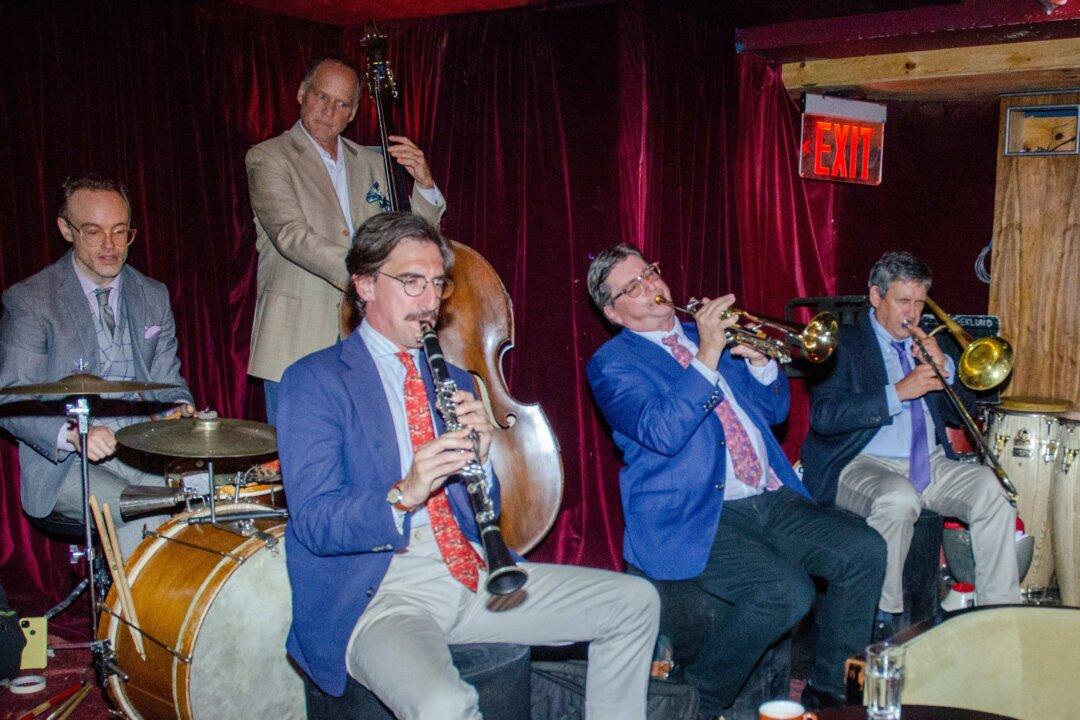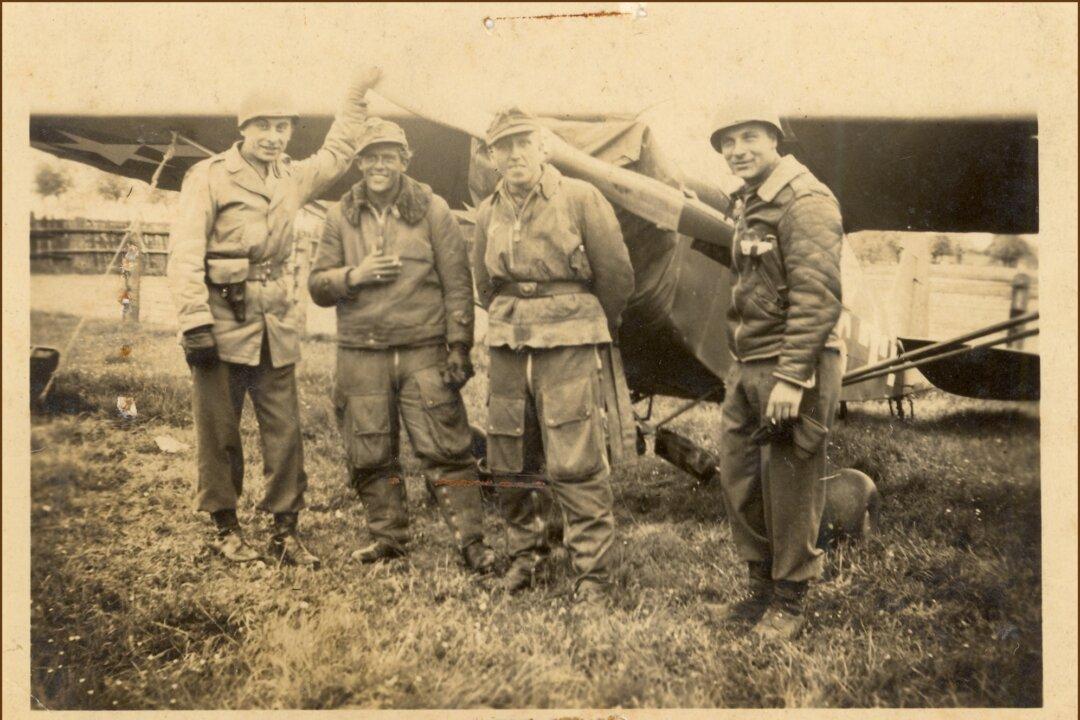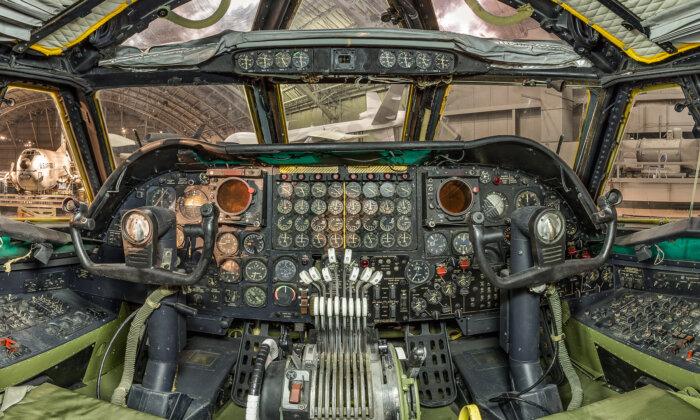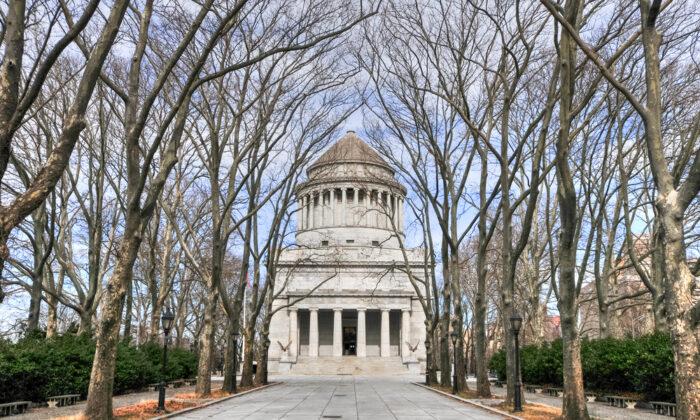In his studio in New York’s Long Island City in Queens, sculptor Shintaro Okamoto and his team of artisans create massive, detailed sculptures for the rich and famous, as well as for everyone else.
Okamoto was born in Fukuoka, Japan, but his family moved to Alaska when he was 9 years old. It was his father who discovered sculpting in ice first. (If you’re going to sculpt in ice in the United States, Alaska is the place.)
“I have to say, not all Alaskans play with ice, but I did,” Okamoto told The Epoch Times.
Right from the beginning, Okamoto had artistic tendencies that were encouraged by his father, who owned and ran a Japanese restaurant in Anchorage. As a child, Okamoto found himself drawing and painting all the wildlife around him, which he just loved.
“One boring winter, he took me and my brother to a frozen lake, took out a chainsaw, cut a block of ice, carved a swan, [and] gave it to a friend. Somebody else wanted it, [and] next thing you know, he had a side gig carving ice,” Okamoto said.
As his father sculpted, Okamoto was given “all the grunt work,” as he put it.
“My earliest memories of carving ice [are], if anything, terrible. I hated working with ice because my job was to shovel scrap ice and haul pieces of ice in minus-30-degree weather,” he said. “I despised it.”
However, once there was an “elegant and beautiful” finished piece, which was born from all that “brute” labor, he could see his father was on to something.
Eventually, Okamoto found himself in the contiguous 48 states and earned his undergraduate degree in fine arts from Brown University and his MFA in painting from Hunter College.

Okamoto Studio
Okamoto spent 10 years hawking his artwork to galleries in New York. Eventually, he and his father opened up Okamoto Studio, where they planned to carve ice for profit.The plan worked.
The studio provides ice sculptures for the usual weddings, sweet 16s, and mitzvahs, but also for corporate events (often holiday parties), fashion shoots, and public installations on the street.
The sizes range from small (hand-cut ice for cocktails) to medium (sculptures of animals, corporate logos, and such) to massive (entire bars assembled from several blocks of ice fused together). All the sculptures are carved with the minutest details, giving everything a professional, polished look.
The staff doesn’t just deliver the finished products to a venue and drive off; they install the artwork with drainage trays and LED lights, which illuminate the pieces in a pleasing way, making viewing them an experience.
In the ice sculpting community, there are three methods of carving: hand tools (saws and chisels), hand tools plus power tools (band saws, chainsaws, and die grinders), and a computerized numerical controller, which involves a computer-driven blade. Okamoto Studio does all three.


The Crew
On a busy day, the studio may have a team of 10 employees making ice, carving the pieces, and preparing them for delivery. One such employee is Christian Lopez, a 38-year-old from Hempstead, New York.While Lopez knows the by-hand method of carving, he has also embraced modern technology.
“I have a passion for advancing the craft with technology,” Lopez said.
Another employee is Jean Kirby, a studio assistant. She graduated college a few years ago with a degree in film and television production, but the lockdown put an end to the jobs she had at the time.
While perusing Craigslist for a position as a sculptor’s assistant, she came across a posting for Okamoto Studio. She’s been there for six months, but doesn’t carve.
“Hopefully one day soon I will learn to carve,” the 25-year-old said.

Not for the Ages
Michelangelo sculpted his “David,” “Pietà,” and “Moses” more than 500 years ago. Since they were carved from marble, they might very well survive another 500 years or longer.In most cases, Okamoto’s sculptures have a lifespan of less than a day, and he’s fine with that.
“If anything, it’s kind of liberating in a sense,” he said. “As an artist, what makes ice interesting is that it has all the qualities of being a static sculpture ... but in its essence, it’s more of a performance piece. It’s constantly shifting and moving. The art really begins when our work leaves our studio.”

With the sculptures melting as soon as they’re installed, Okamoto feels that aspect “physicalizes time ... and makes that moment just that much more precious.”
Although Okamoto has been running his studio for 19 years, he’s still learning about his chosen medium.
“No matter what we do, no matter how much we assume how ice may perform, it always surprises us,” he said. “It’s a big, big adventure, working with ice.”






